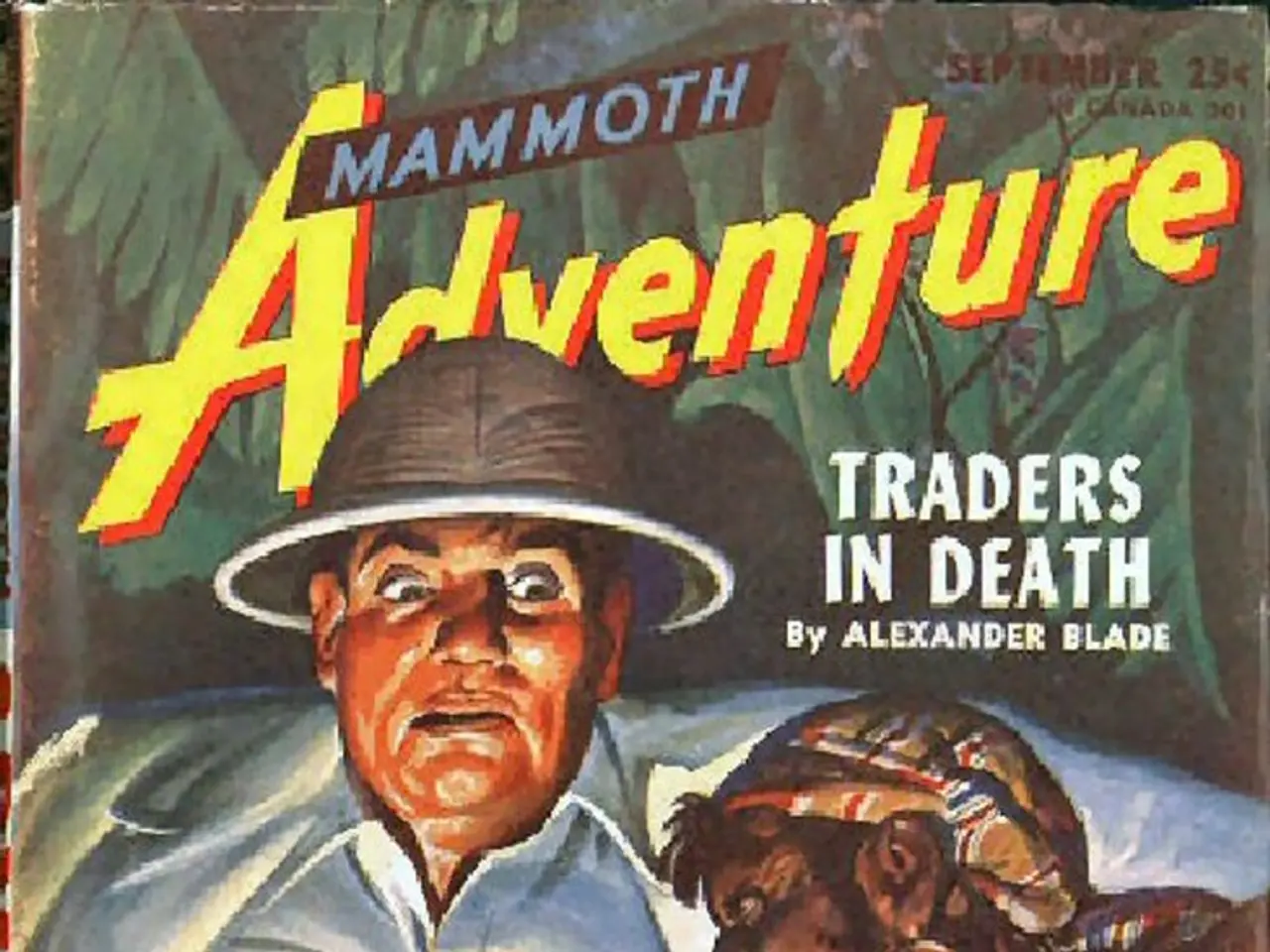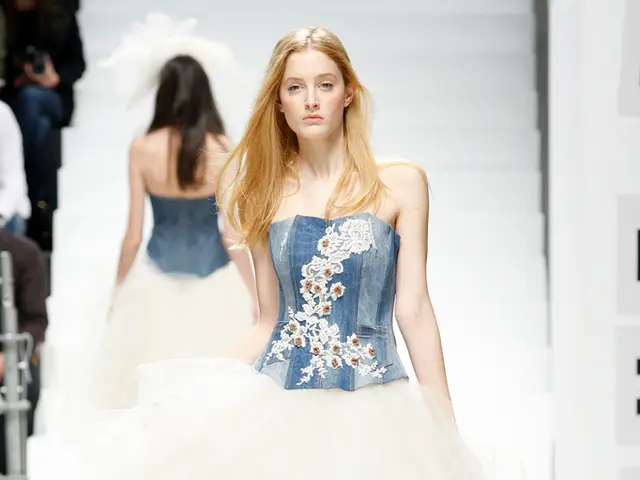"Delving through Paris": An inquisitive family ventures in search of something intriguing
In the heart of France, a dilapidated house in Normandy is being replaced with a shopping center and parking lot. But for four cousins, this seemingly ordinary inheritance becomes the key to an extraordinary adventure. The movie Colors of Time, directed by Cédric Klapisch, takes these characters on a journey through time, uncovering a long-forgotten family history that spans generations.
The story begins with the cousins, a quirky beekeeper, an exhausted engineer, a teacher on the verge of retirement, and an ambitious web producer, as they explore their newly inherited home. As they delve deeper into the house's secrets, they stumble upon the story of Adèle, a young woman who left for Paris in 1895 to find her mother.
As the story unfolds, we are transported into a hallucinatory impressionist exhibition of the 19th century. Adèle's Paris is vibrant and alive, marked by the rise of Impressionist painting and avant-garde creativity. Adèle encounters historical figures like Claude Monet, Victor Hugo, and Sarah Bernhardt, and her experiences are portrayed in detail, reflecting not only historical events but also personal emotions and everyday life.
Cédric Klapisch weaves together past and present masterfully. Scenes shift elegantly, with Adèle climbing the stairs along the Seine in one moment, and someone from the present jogging down in the next. This seamless transition creates a unique blend of history, art, and family legacy.
Adèle's journey is not just a historical exploration; it's a defiance of the conventions of her time. She leaves Normandy to find her mother, defying the expectations of a young woman in the 19th century. Along the way, she meets two freedom-loving young men named Anatole and Lucien. It is gradually revealed that Adèle's father is one of the most famous impressionists of his time.
The film is characterized by charm and lightness, capturing the shine rather than the shadows of the past. While historical reality is somewhat softened, social hardships, especially for women, remain rather pale. However, this does not detract from the genuine feel-good experience that the film provides.
Klapisch takes the characters to the bohemian world of Montmartre, where Adèle finds her place among the artists and rebels of the time. The film features atmospheric Paris images, strong actors, and a touching story about the power of family bonds.
In the end, Colors of Time uses the inherited farmhouse as a narrative bridge, connecting the cousins’ present with Adèle’s past. It highlights the emergence of Impressionism and its impact on identity and perception across generations. This unique blend of history, art, and family legacy makes Colors of Time a must-watch for anyone interested in a heartwarming and enlightening cinematic experience.
[1] Klapisch, Cédric. Colors of Time. 2022. [2] "Colors of Time (La Venue de l'avenir)". IMDb. https://www.imdb.com/title/tt10568540/ [3] "Colors of Time Review". Rotten Tomatoes. https://www.rottentomatoes.com/m/colors_of_time [4] "Fin de Siècle". Encyclopædia Britannica. https://www.britannica.com/art/Fin-de-Si%C3%A8cle [5] "The Art of Time Travel: A Review of Colors of Time". The Arts Desk. https://www.theartsdesk.com/film-reviews/colors-of-time-review-a-beautifully-made-film-that-fails-to-engage
- The cousins' exploration of the old house in Normandy reveals a long-forgotten family history that connects them to a young woman named Adèle, who lived in the 19th century and embarked on a journey to find her mother in Paris, a city teeming with family, movies-and-tv, and entertainment.
- As the story unfolds, we learn that Adèle's father was one of the most famous impressionist artists of his time, and her adventure through the avant-garde world of Montmartre encapsulates a blend of family, movies-and-tv, and entertainment, mirroring the cousins' own present-day journey in the house they have inherited.







